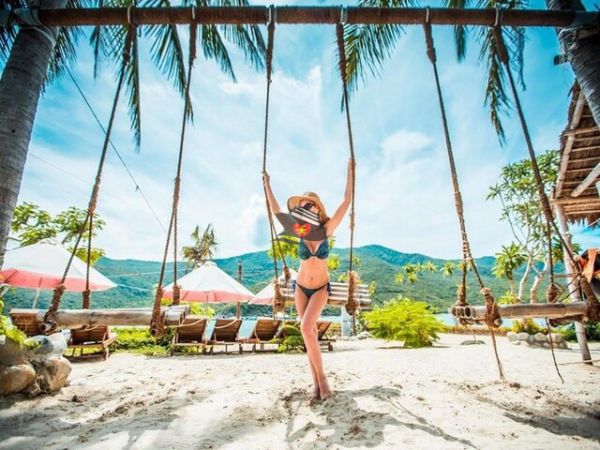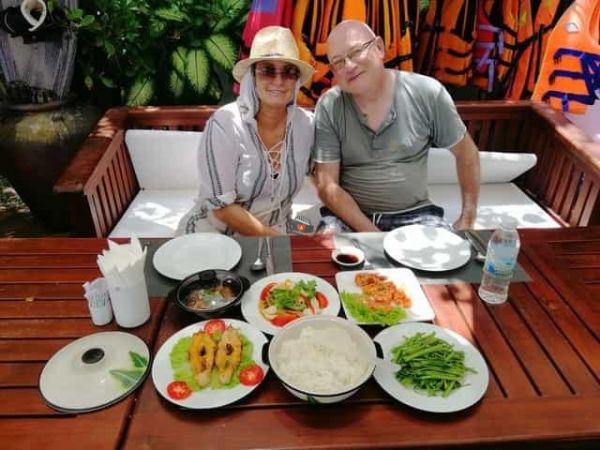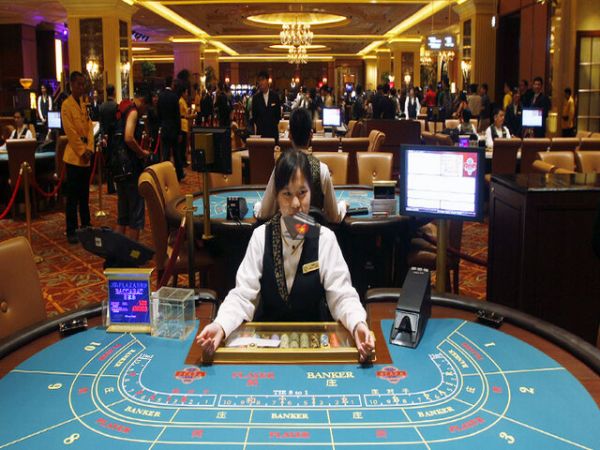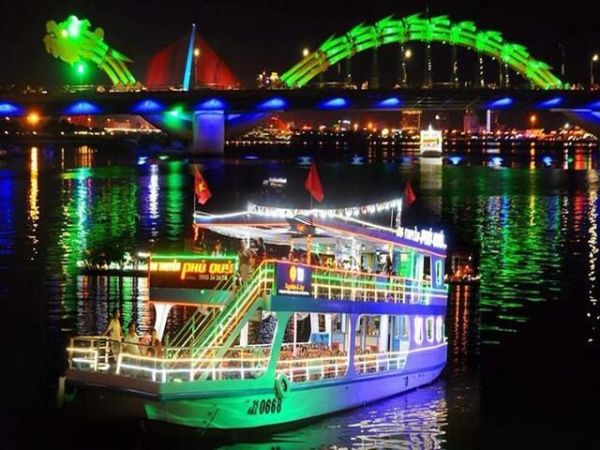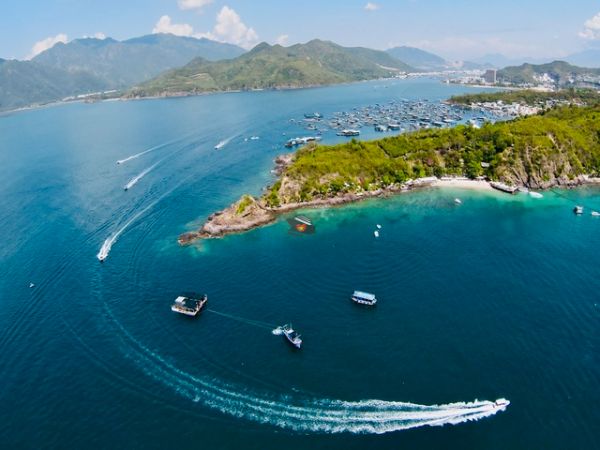TRAN QUOC PAGODA HANOI
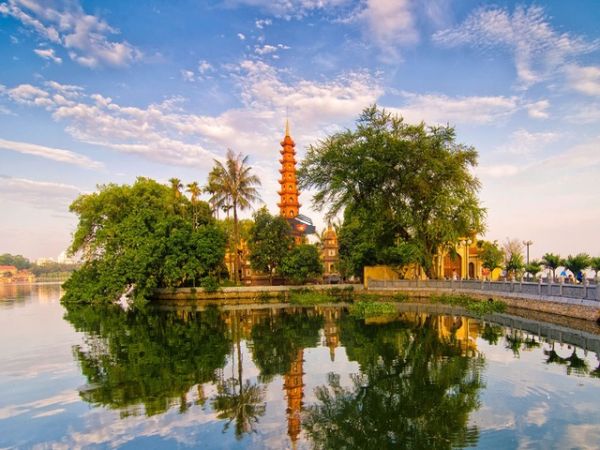
Tran Quoc Pagoda Hanoi. With its gorgeous architecture, relaxing atmosphere, and rich cultural elements, is a must-see when visiting Vietnam's capital.
Tran Quoc Pagoda Hanoi Information:
Address: 46 Thanh Nien Street, Yen Phu, Tay Ho, Hanoi City
The opening hours: From 8:00 AM - 5:00 PM.
When it comes to Hanoi travel and tourism, travelers can not miss out on Tran Quoc Pagoda, the city's oldest pagoda with a rich history. As a precious "gem" in the heart of West Lake, this religious landmark is suitable for any cultural aficionado visiting Vietnam's capital.
Tran Quoc Pagoda is located on a tiny islet in West Lake (Tay Ho District, Hanoi). Visitors can enter the pagoda through the main gate at No. 46, Thanh Nien Street. Tran Quoc Pagoda honors Amitabha Buddha, Shakyamuni Buddha, and Avalokitesvara Bodhisattva. In addition, an altar honors Guan Yu, Guan Ping, Zhou Shang, and Anathapindika.
Tran Quoc Pagoda is also adjacent to several of Hanoi's most popular sights, including the Ho Chi Minh Mausoleum and the Temple of Literature. It is an excellent starting place for exploring the city's cultural and gastronomic attractions. There are also many stunning things to see around Tran Quoc Pagoda.
Hanoi shore tours by Nha Trang Day Tours offer cruise travelers the perfect balance of culture, comfort, and discovery. From the iconic Ho Chi Minh Mausoleum to the lively Old Quarter, each tour captures the essence of Vietnam’s capital within a single day. With professional guides, premium vehicles, and worry-free scheduling, you can explore the best of Hanoi without missing your cruise departure. Tailored for both private and group travelers, Hanoi shore tours transform a brief stop into a deeply memorable cultural experience.
How to get to Tran Quoc Pagoda:
The pagoda is only 5 kilometers from the city center, so you may get there by a variety of modes of transportation.
By bus: Take bus No. 50, which will deposit you directly in front of the pagoda. If it is not convenient to use this bus. Please take bus 31, 41, 55A, 55B, or 58 to the An Duong bus stop and walk for about 5 minutes.
By taxi: If you want to get to the pagoda by taxi, use the Grab app on your phone.
By motorcycle or scooter: You may rent a motorcycle to conveniently get to West Lake. It takes around 12 minutes to reach the pagoda.
The History Of Tran Quoc Pagoda Hanoi:
Tran Quoc Pagoda is Hanoi's oldest pagoda, dating back 1,500 years. It was established in 541 during the Early Ly Dynasty and was originally known as the Khai Quoc Pagoda. At the time, the pagoda was positioned near the Red River. When the dike collapsed in 1615, the pagoda was transported to the Yen Phu dyke near the Kim Nguu mounds.
It was built in 541 and finished in 545, during the reign of King Ly Nam De. It was once known as the Khai Quoc Pagoda (Khai Quoc meaning National Founder). It was once constructed on the banks of the Red River. When the riverbank collapsed after more than 150 years, it was relocated to the Kim Ngu (Golden Fish) Islet in the early 17th century, under the reign of King Le Kinh Tong. Since then, its name has changed to Tran Quoc (National Defense).
The pagoda's name was changed to Tran Quoc during the reign of King Le Hy Tong (1681-1705), with the expectation that Tran Quoc Pagoda would assist people avoid natural calamities while also providing a serene existence. The name "Tran Quoc" continues to be used today.
Fast forward to the Tran Dynasty, when Tran Quoc Pagoda was designated as the Buddhist capital. Today, it is regarded as an iconic emblem of Hanoi.
Tran Quoc Pagoda, built on rigorous Buddhist precepts, retains the visual splendor of Eastern architectural style.
The pagoda's 3000-square-meter design is a beautiful combination of traditional components, with detailed woodwork, gently curving roofs, and delicate embellishments. Each element exemplifies Buddhism's respect for nature and the quest for spiritual equilibrium.
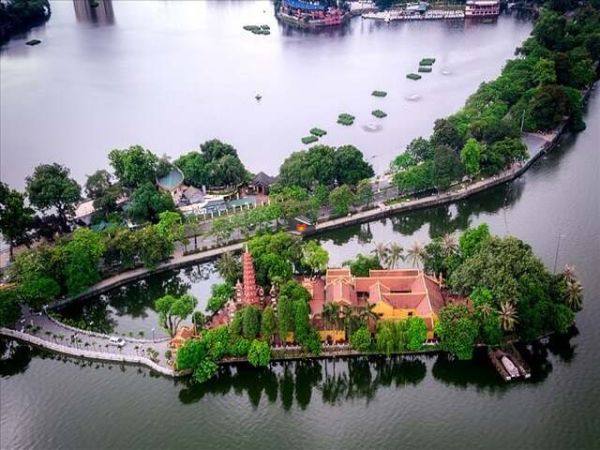
The Marvelous architectural complex of Tran Quoc Pagoda Hanoi:
1. The 11-storey Stupa - Bao Thap:
As soon as you enter the pagoda, you will be welcomed by a breathtaking sight: the towering red-brown tower, known as the 11-story Stupa or Bao Thap. This magnificent tower is a stunning masterwork made up of eleven separate storeys, each with six delicately arched doors.
Within these portals, white gemstone sculptures of Amitabha Buddha stand in peaceful regard, exuding a sense of calm and enlightenment. The Buddha sculptures at the entrances serve as reminders of the Buddha's teachings and the road to enlightenment.
Tran Quoc Pagoda, known for its spiritual sanctuary and breathtaking surroundings, was formerly a favored tourist destination for many Vietnamese kings during important festivals such as Tet and full moon days. Despite urbanization, the pagoda has maintained its popularity and distinctive architectural features for over 1000 years.
The pagoda draws a large number of tourists every day due to its convenient location immediately next to the stunning West Lake and on an island connected by a bridge connecting Hanoi's two most beautiful lakes, Truc Bach Lake and West Lake.

2. The Front House - Tien Duong:
Tran Quoc has unique architecture that mirrors old temples in Hanoi. It embodies the strong Buddhist architectural image, with multiple levels of structures. The three major homes of the pagoda provide a clear view. Why are there three major houses? Because the Vietnamese think that the number three denotes luck and wealth.
Its entryway is a distinct feature of the pagoda. When viewed from a distance, the gate appears to be deflected, yet when approached, there is no indication of this.
Upon entering the Front House of Tran Quoc Pagoda, you will notice several interesting sculptures. One of them is the Shakyamuni Buddha statue, which is constructed of wood and painted glossy golden. This monument has received the prestigious honor of being selected as the most beautiful Lying Buddha statue in Vietnam.
This masterpiece of a statue not only demonstrates the artists' passion and talent, but also reflects the spirit of the Buddha's teachings: transcendence, tranquility, and the quest for inner peace.
As you stand in front of this statue, you are asked to consider the profound importance of the Buddha's life and teachings, and possibly find a moment of calm and introspection in the spiritual atmosphere of Tran Quoc Pagoda.
3. The Incense Burning House - Nha Thieu Huong:
The Incense Burning House is a busy focal point within Tran Quoc Pagoda, attracting a regular stream of tourists and generating an environment of lively activity.
You can pray for good luck and health here by burning incense and other votives. The act of burning incense represents the purifying of intentions and the elevation of prayers to higher levels. It is a beloved practice that you will want to attempt.
4. The Upper House - Thuong Dien:
Behind the Upper home, there is a bell post built like a three-compartment wooden home with red tiles on top. The Stele House, located to the right of the bell tower, is another noteworthy element on the grounds of the pagoda.
These monuments, the bell post, and the Stele House, provide a stunning architectural and historical scene.
5. The Stele House - Nha Bia:
The Stele House houses 14 steles etched with poetry by notable intellectuals of the period. The steles also document the history of Tran Quoc Pagoda, including a detailed account of its modifications throughout several dynasties. This information will help future generations comprehend the history of Tran Quoc Pagoda from the beginning.
In 1959, former President Rajendra Prasad of India gave Vietnam the Bodhi tree in Tran Quoc Pagoda. It was harvested from the Great Bodhi Gaya tree, where Shakyamuni Buddha sat and practiced for more than 25 centuries before. Do not pass up the opportunity to stand in the shade of this sacred tree and be surrounded by an air of peace and devotion.

Highlights of Tran Quoc Pagoda Hanoi:
Tourists passing through gardens may observe the revered Bodhi Tree, which has heart-shaped leaves. India's President Rajendra Prasad gave the tree to the shrine in 1959. Many people think the Buddha attained enlightenment on a limb of the hallowed Bodhi tree. That is why visitors and pilgrims from all over the world come to venerate this monument.
Furthermore, Tran Quoc Pagoda still houses a pretty complete collection of sculptures. Tran Quoc may be described as a little museum with precious antiquities. The majority of them are hundreds of years old, including several worshiping sculptures in front of the home. Notable statues include those of the Three Sages and the pagoda's ancestral monks. The most notable is the statue of Buddha entering Nirvana (known locally as the Reclining Buddha and in Vietnamese as "Thich ca thap niet ban"). His sculptures are scarce in the north, but more common in Thailand and Laos. Furthermore, the statue is regarded as the most beautiful statue in Vietnam.
Tran Quoc Pagoda was cited in many poems and parallel sentences by Vietnamese monarchs and mandarins, particularly during the Nguyen Dynasty, for its beautiful and calm setting. The pagoda still has numerous poems. You will get the opportunity to learn about traditional Vietnamese literature as well as the country's history.
It would be incomplete without mentioning "Bao Thap Luc Do Dai Sen". It has eleven stories and is 15 meters high. Built-in 1998, it contains six arched doors and a statue on each story. The sculptures resemble Buddha Amitabha and are fashioned of precious stones. The tower is topped with a nine-story lotus known as the "Cuu Pham Lien Hoan".

Tips For Visiting Tran Quoc Pagoda:
The pagoda is constantly packed, especially on the first and fifteenth days of each month in the Lunar Calendar, when Buddhist monks and visitors come to pray and enjoy the attractions. If you wish to learn about Vietnamese religious tradition, these two days are usually a terrific opportunity. However, if you dislike large crowds, it is best to avoid them these days. Because the pagoda is a holy sanctuary, visitors must adhere to a rigorous dress code. Remember to dress appropriately and avoid revealing clothing.
Vietnam is undoubtedly a must-see place for individuals who are particularly interested in spiritual attractions. If you have the opportunity to visit this lovely nation, do not miss out on seeing Tran Quoc Pagoda, the oldest temple in northern Vietnam.
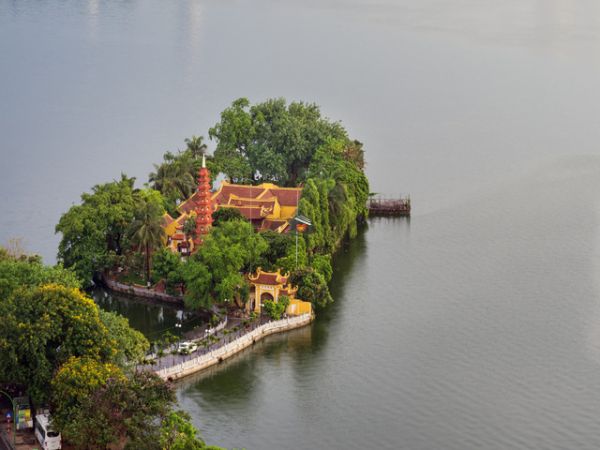
Hotline/ WhatsApp: +847-6666-0606
Email: info@friendlytravel.vn


